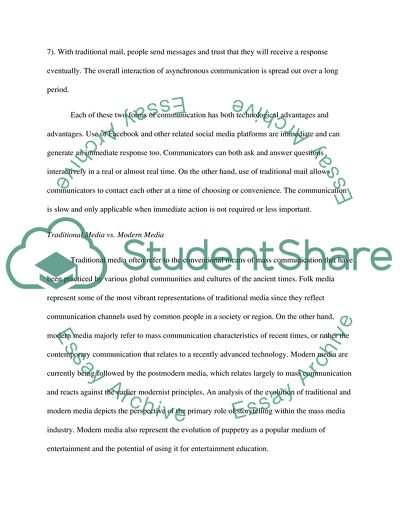Cite this document
(Technological Change vs Cultural Change of Old and New Communication M Research Paper - 1, n.d.)
Technological Change vs Cultural Change of Old and New Communication M Research Paper - 1. Retrieved from https://studentshare.org/journalism-communication/1869465-you-can-name-it-basic-on-your-writing
Technological Change vs Cultural Change of Old and New Communication M Research Paper - 1. Retrieved from https://studentshare.org/journalism-communication/1869465-you-can-name-it-basic-on-your-writing
(Technological Change Vs Cultural Change of Old and New Communication M Research Paper - 1)
Technological Change Vs Cultural Change of Old and New Communication M Research Paper - 1. https://studentshare.org/journalism-communication/1869465-you-can-name-it-basic-on-your-writing.
Technological Change Vs Cultural Change of Old and New Communication M Research Paper - 1. https://studentshare.org/journalism-communication/1869465-you-can-name-it-basic-on-your-writing.
“Technological Change Vs Cultural Change of Old and New Communication M Research Paper - 1”, n.d. https://studentshare.org/journalism-communication/1869465-you-can-name-it-basic-on-your-writing.


